Description
Sharp NU-AC300B monocrystalline photovoltaic module
Sharp is a leading global specialist in solar energy solutions. And not just since yesterday – over 55 years’ experience is a testament to our heritage, know-how and reliability.
PRODUCT KEY FEATURES
- The design solution (Black)
- High module efficiency (18.3%)
- 60 Cells
- Innovative PERC (Passivated Emitter and Rear Cell) technology
- Robust product design (PID resistance test passed)
- Proven quality (VDE, IEC/EN 61215 + IEC/EN61730, Safety Class II, Application Class A, Fire rating class C)
- Reliable Guarantee (10 years product guarantee, 25 years linear performance guarantee)
- Guaranteed positive power tolerance (at least the specified value and up to 5 % more is achieved)
Mechanical data:
Weight: 18.5 kg
Dimensions (LxHxW) (mm):1640x992x35 mm
Maximum mechanical load:2400 N/m2

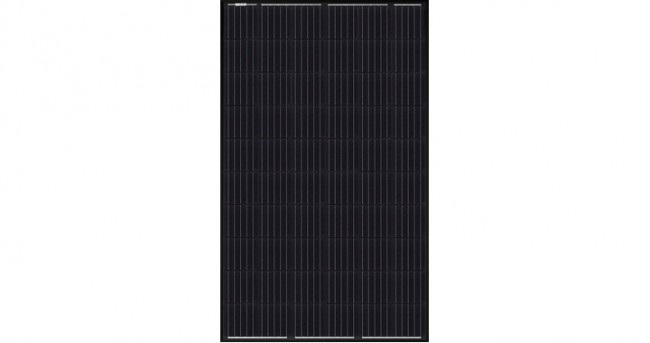
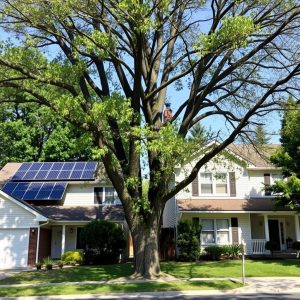
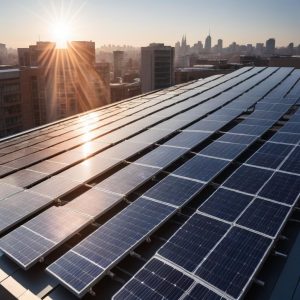
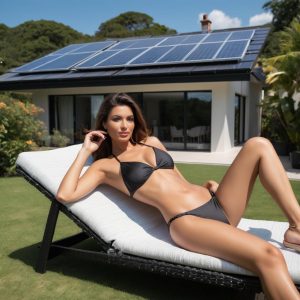
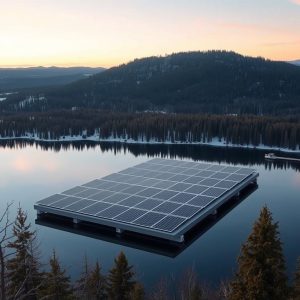
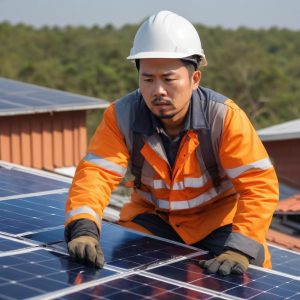
Reviews
There are no reviews yet.